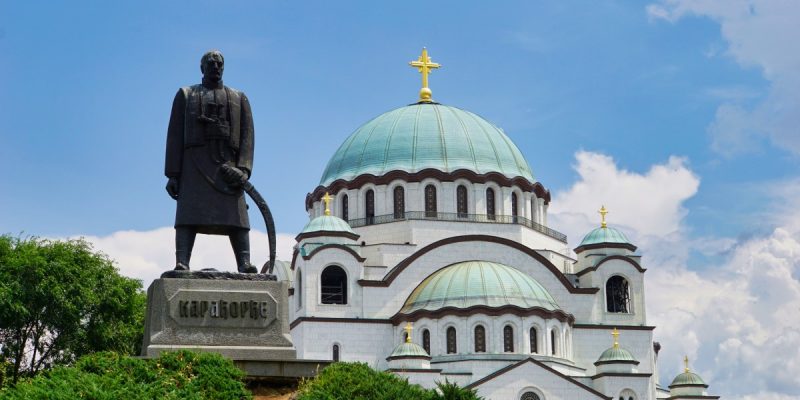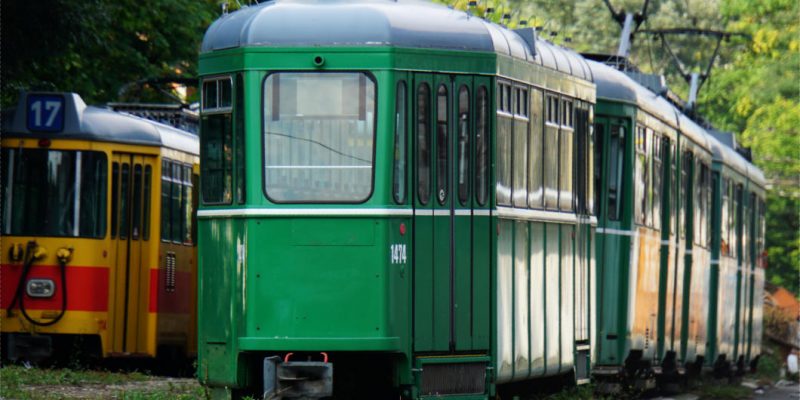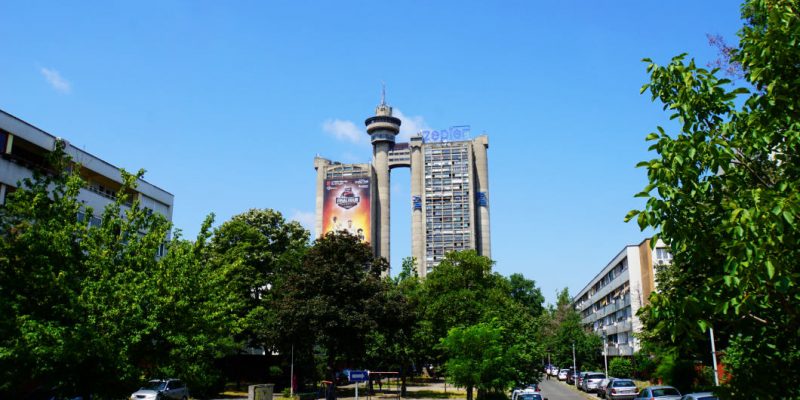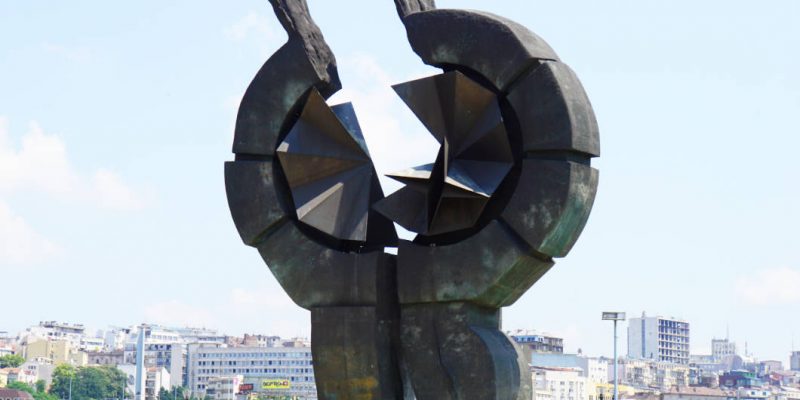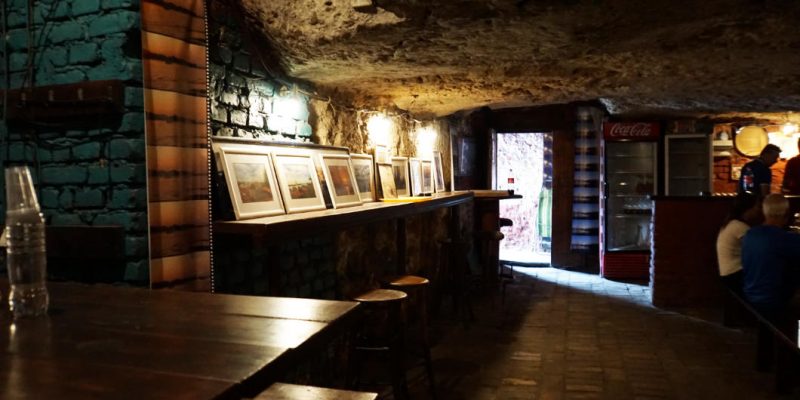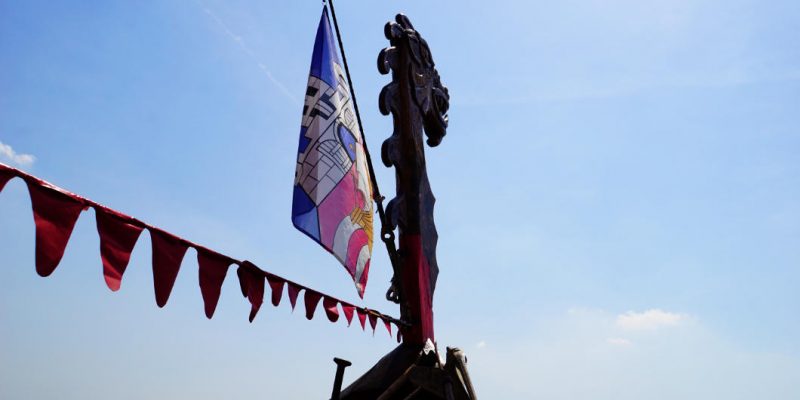One of the largest Orthodox churches in the world is in Belgrade. The Cathedral of St. Sava is a monumental Serbian Orthodox church that should not be missed during a city tour.
Serbia
Discovering Belgrade by bus, taxi, tram or on foot
On a city trip to Belgrade, or to any other city for that matter, there this one question that comes to mind almost immediately: „How do I get from point A to point B?“
Continue Reading about Discovering Belgrade by bus, taxi, tram or on foot
Genex Tower in Belgrade – unmistakable element in the skyline of the district
Do you know the feeling? You spot a building in the skyline of a city and are magically drawn to it? That’s what happened to me when I saw the Genex Tower.
Continue Reading about Genex Tower in Belgrade – unmistakable element in the skyline of the district
Things you should explore in Belgrade
We toured Belgrade a lot and got to see many things. Unfortunately, we didn’t get to do everything we had on our list, but we will be back for some more Belgrade fun. Here are some tips and our discoveries from Belgrade:
Continue Reading about Things you should explore in Belgrade
In Belgrade underground
I love to explore the underground of a city. Nothing is so diverse and so full of history like a tour into the underground. The Belgrade underground hasn’t been open to the public for long so I am thrilled that we were able to take part in a tour as part of a cooperation with the Tourist Organization Belgrade.
Sailing a Viking ship down the Danube and Sava
Has it been your longtime dream to cross the seven seas and explore the world as a Viking? In Belgrade, you can gather some experience for that dream during a cruise down the Danube and Sava..
Continue Reading about Sailing a Viking ship down the Danube and Sava
